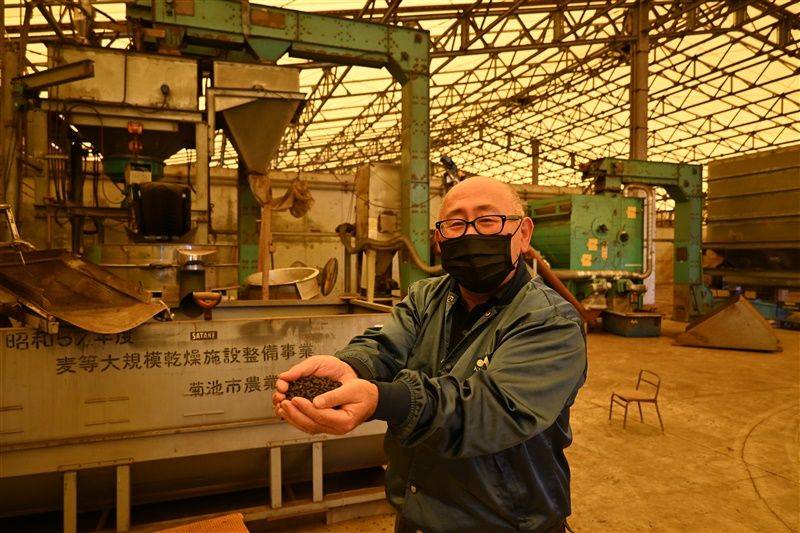With fertilizer prices soaring due to the weak yen and the Russia-Ukraine war, compost made from livestock waste is being re-evaluated, as it can be procured domestically unlike chemical fertilizers that rely almost entirely on imports for their raw materials.
In Kyushu, agricultural cooperatives have taken initiatives to process compost into pellets for easier distribution. Farmers have also been exploring so-called "field-livestock cooperation," in which livestock farmers supply compost to field farmers who produce rice and vegetables, while field farmers supply rice straw and rice to livestock farmers for feed.
With such initiatives, agricultural cooperatives are aiming for a stable supply of raw materials and a reduction in environmental impact. However, cost-cutting remains a challenge.

















With your current subscription plan you can comment on stories. However, before writing your first comment, please create a display name in the Profile section of your subscriber account page.